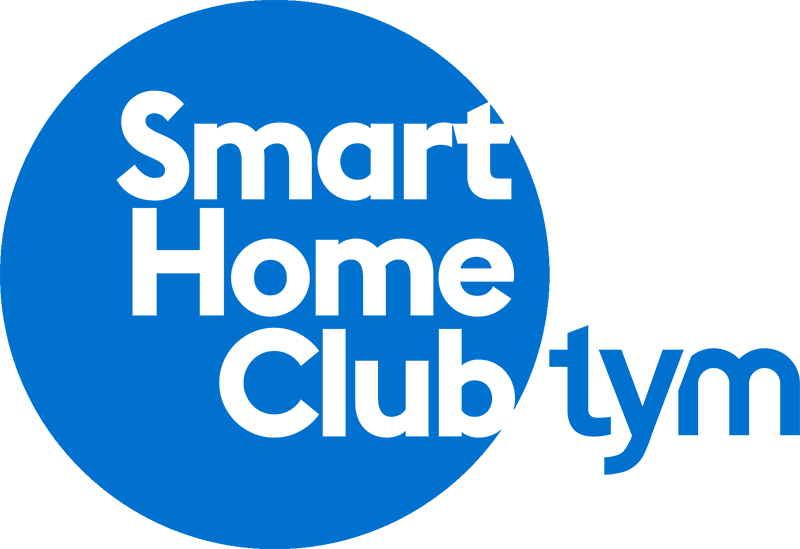Do Smart Homes actually work? YES! … But without question they need to be well designed and executed.
This is one of the most common questions we hear from perspective clients. People know someone, a sister, a brother in law, a cousin, etc., who had a bad experience with a Smart Home. ‘They say they paid a lot of money and the dumb thing just never works.’
Have you heard this before, or something like it?
Here’s the truth from our perspective. Smart Homes work great and reliably, but the Smart Home has to be designed and installed correctly. We can exhaust the conversation here, but we’ve covered the four elements we think are most critical for a reliable system.
Integration
Integration is what happens when we get two different devices to talk to each other. Imagine two people speaking to one another through a translator. The best translator in the world, isn’t going to translate the message perfectly.
It’s the same with electronics. As a general rule, manufacturers like Sony, don’t code their TVs to speak exactly the same way as a Nest Thermostat. Now try getting these electronic devices, from multiple manufacturers to communicate with each other — reliably. It’s tricky!
Now, that’s not to say Integration is bad. Most systems require some level of integration, but we want to be selective about the devices we’re using, and how the Integration is happening. This leads us to the next element of a reliable system; the system design.
System Design
It goes without saying, but system design is critical to the reliability of your Smart Home system, and lets not forget ease of use in this conversation. I’ll give you a common example.
TVs are one of the biggest culprits in buggy Smart Home systems. Here’s the challenge. Some TV’s accept commands in the form of a ‘toggle.’ This means I can’t give the TV a specific command, like ‘Power TV On.’ All I can do is toggle the TV’s current state.
Now imagine you want to create a simple scene to watch Netflix. When you hit the Netflix icon on your universal remote, the TV should power on, and the Surround Sound should power on. But you didn’t realize little fingers had already powered the TV on.
When you press the Netflix icon, the Surround sound powers up, and you hear the sound, but the TV power toggles off. Frustrated, you press the Netflix icon again. This time the surround sound turns off, and the TV power toggles on. This experience is MADDENING!
So when we design a system, we use TV’s that take ‘Discrete Inputs.’ This means that rather than use a toggle, we can tell the TV exactly what to do. ‘Power on TV, and change to input 3,’ Or ‘If power is on, leave power on, and trigger scene.’
We’ve had so many headaches with TV’s over the years, today when we sell a large scale system we give Clients a list of TV’s we’re willing to support. It just isn’t worth trying to make a TV work that isn’t built for integration.
Many painful experiences have taught us it’s just easier — and often cheaper in the long run — to just purchase compatible hardware. There’s no sense trying to be a hero, and custom program a bunch of equipment when there’s better options. More on that in a minute.
System Management
So you have a well designed system, and the install is well executed. Now you need to manage the system. What do I mean? Well it starts with understanding the behavior of the hardware in your system.
A popular video source is the Apple TV. We love the Apple TV, we use it in most of our installs. However, the Apple TV has a tendency to lock up. This is completely independent of the Smart Home system. Apple TV’s for whatever reason just lock up.
When this occurs, the obvious reaction is that your Smart Home has gone down, but it’s really just the Apple TV. In our systems, we program devices like the Apple TV to auto reboot in the middle of the night. So we take preventative steps with the hardware.
Now we’ve taken preventative steps to ensure reliability with your system. But alas, the Apple TV may still lock up when you’re using it. Now what? We empower you to reboot your own Apple TV.
This could be an icon driven app you use to reboot devices in your rack, or we just teach you where to find the Apple TV in the rack, and manually reboot it.
Obviously the Apple TV isn’t the only device in your Rack. A power outage could cause the system to go off line, and maybe your Amplifiers don’t power back on. Easy fix! We show you where the power button is so you can verify the Amplifiers are fired up.
Most of the would be ‘headaches’ with Smart Home systems are things you the Client can fix quickly and easily with some simple training.
The Media Rack can look really intimidating, but a 5-10 minute discussion after install, and we can teach you what you need to know to make sure devices are all properly powered on, and how to reboot them when needed.
On those rare occasions where you need more help, we can service most issues remotely by just logging into your system from our office.
The Home Network
The home network is critical. We’ll talk more about this in other posts, but it’s worth investing in a high quality home network. We prefer systems with a WiFi controller on board. The controller ensures your mobile devices have optimum coverage as you move around the house.
When we first started, we thought we could save Clients money by going cheap on network gear. I’m embarrassed, but it’s true. One August, we had 4 major Savant installs. Over the course of 3 months, we replaced every single system with a high end Network solution.
So we learned. It’s just easier to do the network right the first time. Like TV’s, we’re partial to specific lines. We use Ruckus and Luxul, but we’ve also used options like Eero. Whatever solution you choose, invest in a solid network.
Myth of Custom Programming
I don’t actually consider this one of the elements, but I think it’s important to understand. There’s this mentality out there that custom programming is a badge of honor.
It’s neat, I guess. We fell into this early on. We took pride in being able to write custom code for devices that no one else was able to write.
Here’s what you have to understand about custom programming. Once you start with custom, it’s always custom. So a TV that requires Custom programming, gets custom service and support. It just never ends. Here’s the two challenges with Custom programming.
First, it usually isn’t cheap. You’ll pay $75-125 an hour for custom programming, and much more for a system like Crestron.
Second, why mess with the headache of custom programming if there’s an alternative and equal solution that just works?
Remember the discussion on TVs? Sure I can custom program the old Vizio to work … sort of. But at $75 an hour, why not just invest in a decent TV that just works without bugs or issues?
Now to be clear, there’s a time and place for custom programming. Some applications absolutely require it. And their are programmers who do it well.
I’m just saying keeping things simple — even in the largest smart home systems — improves reliability.
Fine Tuning
Lastly, you have to understand there’s some fine tuning in any large scale system. This doesn’t mean the system is buggy, but it’s difficult to find every single bug or quirk during programming.
We tell our Clients that we’ll likely come back 2-3 weeks after programming for a tune up and some fine tuning. It takes a little work to dial in the system to the your liking. But once it’s dialed in, we rarely have to go back for service. Most issues are fixed by simply rebooting hardware like the Apple TV, or power cycling the Network.
Don’t be afraid of Smart Homes. They’re much more reliable than people believe, and they’re too much fun to miss out.

Named one of Technology Integrator’s Top Talent Under 40, Matt has designed systems for 20 national award-winning projects, including "Home Theater of the Year", and "Custom Smart Home of the Year" from CTA™ (Consumer Technology Association). His ebook “How To Wire Your Smart Home” is a best seller among professionals and DIY-ers alike. He has taken classes with Home Acoustics Alliance (HAA). You can watch Matt share the secrets of his craft on YouTube!
Matt is a Golden State fan.






